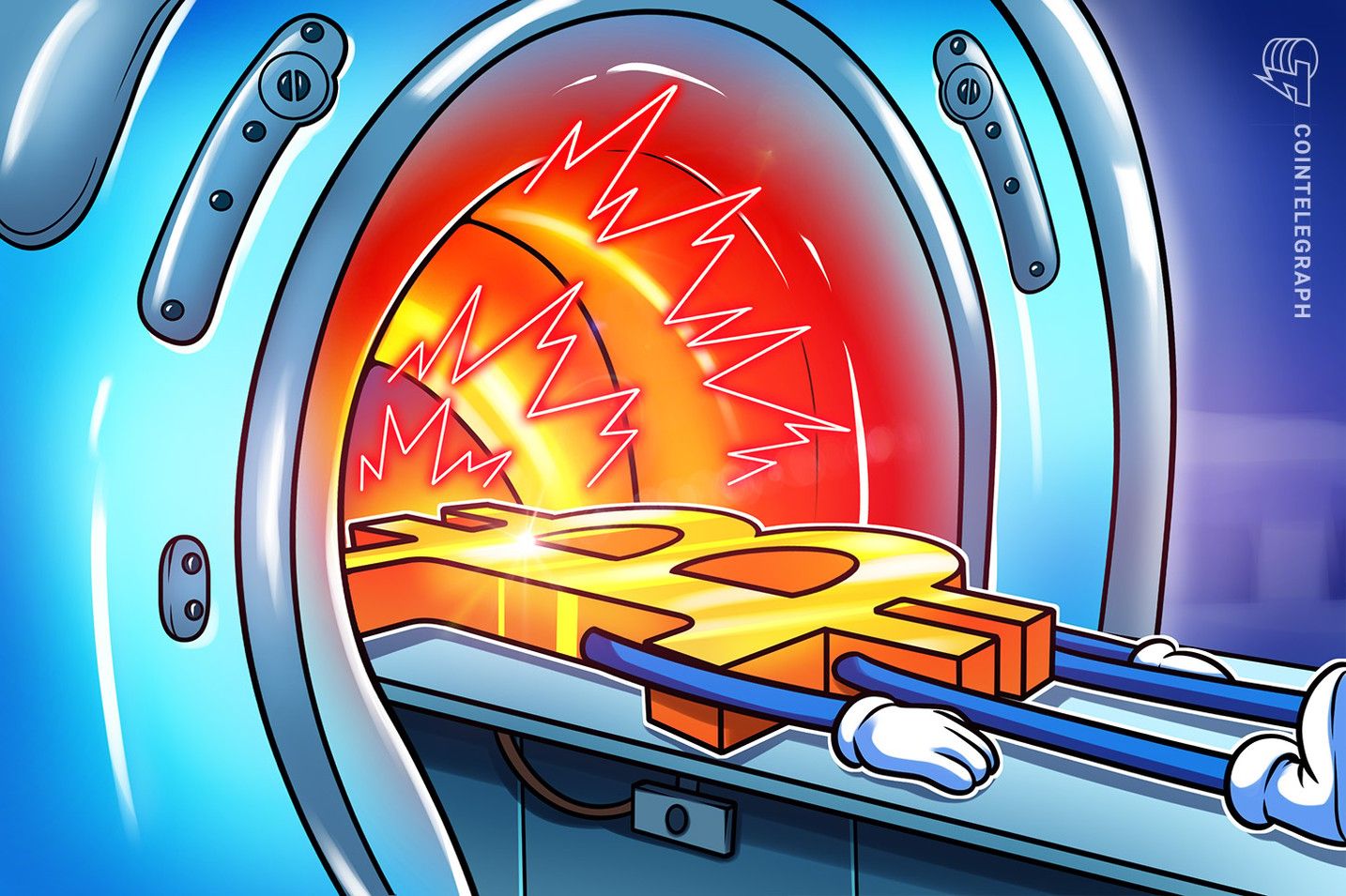Ethereum proposes $0.40 unified fee market to simplify transactions
Ethereum co-founder Vitalik Buterin and developer Anders Elowsson have introduced EIP-7999, a proposal aimed at streamlining Ethereum (CRYPTO:ETH)’s transaction fee structure.
The proposal was released on Tuesday and seeks to establish a unified multidimensional fee market.
This would allow users to specify a single aggregate maximum fee that covers multiple transaction resources.
If adopted, EIP-7999 would eliminate the need for users to estimate and manage separate fee components when submitting transactions.
Instead, users could set one all-encompassing maximum fee, making transaction payments simpler and more predictable.
The proposal is described as a way to “simplify fee management by letting users specify a single max fee across multiple transaction resources, improving capital efficiency and user experience,” according to Ethereum Magicians.
The idea is currently under community review and discussion before potential implementation.
Ethereum’s gas fees have been a longstanding issue since rapid network growth in 2017.
A surge of decentralised applications and initial coin offerings increased congestion and caused fees to soar.
At the height of the 2021 DeFi and NFT boom, average gas fees often exceeded $50 per transaction.
In response, the 2021 EIP-1559 upgrade introduced a base fee burn mechanism to stabilise fees.
Although it moderated spikes, periods of high congestion still led to volatile and sometimes prohibitive costs.
Layer 2 scaling solutions like Optimism and Arbitrum gained popularity to process transactions off-chain and reduce fees.
More recently, the Dencun upgrade in March 2024 implemented nine Ethereum Improvement Proposals to improve scalability and lower transaction costs.
Average gas fees dropped about 95% over the following year, from $86 to $0.39, based on Etherscan data.
Despite a price drop of over 50% in ETH, Ethereum remained the top blockchain by transaction fee revenue in 2024, earning $2.48 billion—a 3% increase over 2023.
Competitors such as Tron and Solana saw significant fee revenue growth, with Tron’s fees doubling to $2.15 billion and Solana’s fees soaring 2,838% to $750 million amid increased network activity.
According to Token Terminal, Ethereum’s fee-generated revenue over the past year stands at approximately $757.4 million at this writing.
This proposal and recent developments indicate continued efforts to make Ethereum’s fee market more efficient and user-friendly amid growing competition.
At the time of reporting, ETH price was $3,611.58.
Disclaimer: The content of this article solely reflects the author's opinion and does not represent the platform in any capacity. This article is not intended to serve as a reference for making investment decisions.
You may also like
Price predictions 12/10: BTC, ETH, XRP, BNB, SOL, DOGE, ADA, BCH, LINK, HYPE

Ether vs. Bitcoin: ETH price poised for 80% rally in 2026

Prediction markets bet Bitcoin won’t reach $100K before year’s end

Bitcoin rallies fail at $94K despite Fed policy shift: Here’s why

